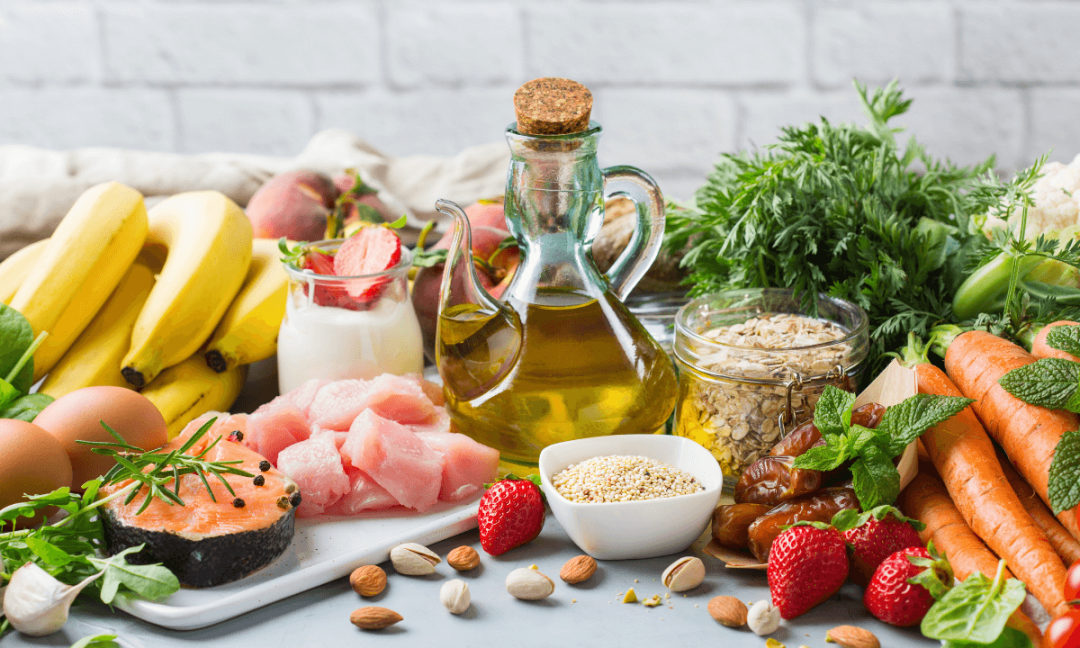
Flexitarianism and protein intake: striking the right balance
The current debate on the plant content of our diet and the massive rise of plant-based alternatives to animal products has made the question of proteins a hot topic. Indeed, should we favor plant proteins for environmental reasons? Can we continue to feed ourselves exclusively on animal proteins? Finally, how can we strike the right balance between animal and plant proteins?
The rise of flexitarianism, a diet that combines animal and plant-based proteins
Today’s consumers are increasingly aware of environmental issues. They know that their dietary choices are one of the main ways of acting on a personal level. Many are therefore adopting more sustainable diets, especially flexitarianism, which is considered as one of the best ways to reconcile health with respect for the environment. The flexitarian diet consists in reducing the consumption of animal products, and in particular meat, without totally excluding it from the diet, unlike the vegetarian diet. This diet can be followed in its own right or as a transition toward vegetarianism.
The flexitarian diet consists in reducing the consumption of animal products.
While the number of vegetarians is increasing, their number currently bears no comparison to that of flexitarian consumers. Indeed, it is estimated that vegetarians represent 6% of the global market [1] against 42% of the global market for flexitarians. Moreover, flexitarians are more common in the new generations of consumers.
Flexitarians are more common in the new generations of consumers.
A consequence of flexitarianism: the boom in the market for plant-based alternatives
To meet the growing demand for products that are compatible with the flexitarian diet, the market for plant-based alternatives continues to expand. According to the FAO, global demand for protein is expected to grow by 40% between 2010 and 2030, with a 33% and 43% increase in demand for animal and plant protein, respectively.
The growing number of vegetarian and flexitarian consumers is not the only factor driving this market. Indeed, public health authorities are encouraging people to move towards a more plant-based diet. Finally, this market is driven by the economic factor: plant proteins are cheaper than animal proteins.

Dairy proteins: faithful allies in the quest to strike a good protein balance
A high-quality protein intake is essential to ensure the proper synthesis of the proteins required for the body to function properly. The quality of dairy proteins is similar to meat and fish proteins. Indeed, they present the complete profile of essential amino acids. They are essential for restoring a good protein balance and compensating for deficits that could be caused by a predominantly plant-based diet. Indeed, plants contain low levels of methionine and lysine, two essential amino acids. Moreover, dairy proteins are more digestible than vegetable proteins. Dairy proteins therefore appear to be good allies in the consumers’ quest to strike the right protein balance.
Dairy proteins appear to be good allies in the consumers’ quest to strike the right protein balance.
Discover our products: Pronativ® – Native Micellar Casein and Pronativ® – Native Whey Protein, which will allow you to enrich your formulations with high-quality dairy proteins.
Source:
[1] Euromonitor, The Rise of Vegan and Vegetarian Food. 2021.















